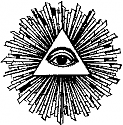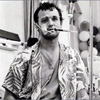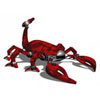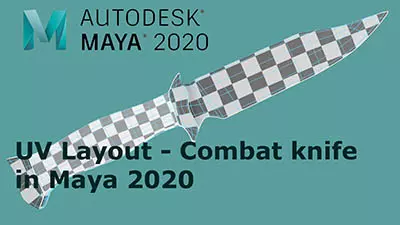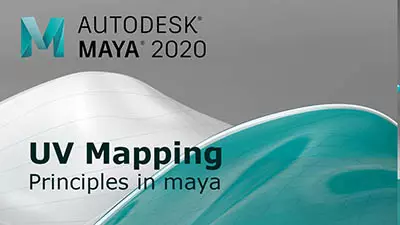Join Date: Sep 2005
Lamp outside
Question how would you approach texturing this scene?Everything is poly except the light bulb and the piece on top of the lamp. I want variation on everything like most on here suggested to make it a portfolio piece. Is there a easy way to randomize your texture maps in photoshop. I think one reason I have taken shortcuts is because it seems like it takes for ever to make a good texture, bump, spec map, etc.. That is a lot of work for every piece of geometry. I know a lot of you work in the industry so if you were given this model how would you approach texturing it.
Glass is pretty easy but you may want to add some dirt around the edges of it, as it would collect soot and dirt from the city.
Do you know how to render with final gather and HDRI lighting?
you need to bevel the edges on your lamp and everywhere else. basically if you look at the edge of your desk or something near you, you will see 3 tones where the light hits it. beveling makes things look less CG. your edges are far too crisp and unbelievable as a real world object.
Join Date: Sep 2005
i wouldn't use global illumination but i would use final gather and an ambient occlusion.
You should also look at your HDRI tutorial. they are used for reflections not lighting generally, but can be used to light stuff (IBL) you just have less control over the lights.
this site will explain everything about IBL/HDRI and has some you can download.

The Ufizzi probe might be a good one for you and its a classic!
one last thing... how are the shutters connected to the wall. just something i noticed.
1. download one of those pictures.
2. make a simple scene with a sphere (blinn - colour black/reflection 1.0.. just make a mirror shader basically.) on a poly plane (grey lambert).
3. go to mental ray in the render settings right down the bottom is enviroment> image based lighting. click it!
4. in the IBL attributes add the file you downloaded.
5. back in render settings just turn on final gather. (don't bother changing anything, not important for this)
6. hit render. if its a true HDRI (which i think they are from his site) it should be a nice ball bearing type thing.
I would try this, however its 4am and i'm on reception at my work. on what is probably the only computer in the building that doesn't have maya on it!
Join Date: Sep 2005
At the moment, it seems as though you are creating an entire scene and then getting bored half way through texturing - which is what a lot of people do - and so it just ends up looking half finished. by focusing on a single or a couple of objects you are ensuring that you have a limited amount of texturing work - therefore you can see the end goal and have something to work towards. just a suggestion.

Join Date: Sep 2005
Your right arran that is exactly what I have been doing. That why I made this small scene, It will let me focus on just a few pieces of geometry and really add detail to my textures.Thanks for the advice.Originally posted by arran
hey banksta - if you really want to learn texturing, the best thing to do is to take a single object, model it and then focus on getting it textured, lit and rendered as best as you can. just look around your house and pick objects that interest you, but provide a bit of a challenge.
At the moment, it seems as though you are creating an entire scene and then getting bored half way through texturing - which is what a lot of people do - and so it just ends up looking half finished. by focusing on a single or a couple of objects you are ensuring that you have a limited amount of texturing work - therefore you can see the end goal and have something to work towards. just a suggestion.
Join Date: Sep 2005
also - if this is the final angle - i think you need to think about composition. - it doesn't usually work to have 2 things side by side. i'd have a play with it - maybe add a third thing - eyes like triangles.

Last edited by arran; 04-03-2009 at 05:15 AM.
Join Date: Sep 2005
Thanks for the crit Arran. This is the final composition because the lamp is the focal point. When I light it it you will see why I picked this angle.Originally posted by arran
not bad - i like the texture - looks like you've got a bit of stretching on the window edges tho. try adding a layer of clouds in ps - just to vary it up a bit. it's also nice to maybe double up your color map as a bump on about 0.1 - you'll make a specific bump map later, but it will just give you a bit of break up.
also - if this is the final angle - i think you need to think about composition. - it doesn't usually work to have 2 things side by side. i'd have a play with it - maybe add a third thing - eyes like triangles.
Just a thought appart from that not much to say for now!
Join Date: Sep 2005
Not a bad idea bigtommyb. Maybe I will add some of those plants that you see growing on peoples walls of their house.Originally posted by bigtommyb
Just an idea for a 3rd (but not intrusive) object to sit in your scene! How about a plant climbing up the wall behind it would add a 3rd but not distracting part to the image.
Just a thought appart from that not much to say for now!
